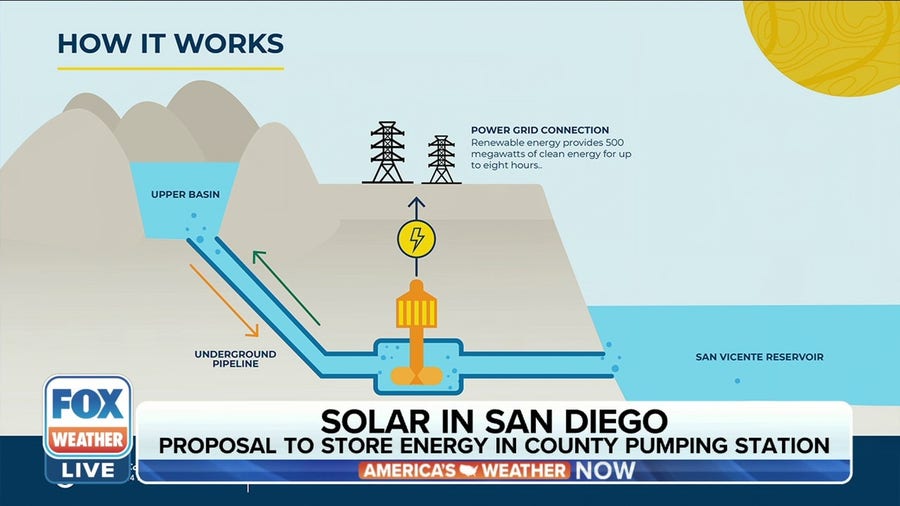SDG&E Breaks Ground for ‘Microgrid’ in Clairemont to Maximize Renewal Energy
San Diego Gas & Electric broke ground on the Clairemont microgrid Tuesday, one of four projects the utility has planned at its existing substations.
Once finished, the Clairemont microgrid will be able to provide backup power to San Diego Fire Station 36, the Balboa Branch Library and local schools such as Lafayette Elementary, Sequoia Elementary, Innovation and CPMA Middle Schools and Madison High School.
Microgrids are small-scale grids that can operate independent of or parallel to the larger regional grid to keep critical facilities powered during unexpected outages.
Each microgrid project is paired with energy storage, with the four projects bringing an additional 39 megawatts of battery capacity to the region. SDG&E currently has 95 MW of utility-owned energy storage online, with another 200+ MW in development.




